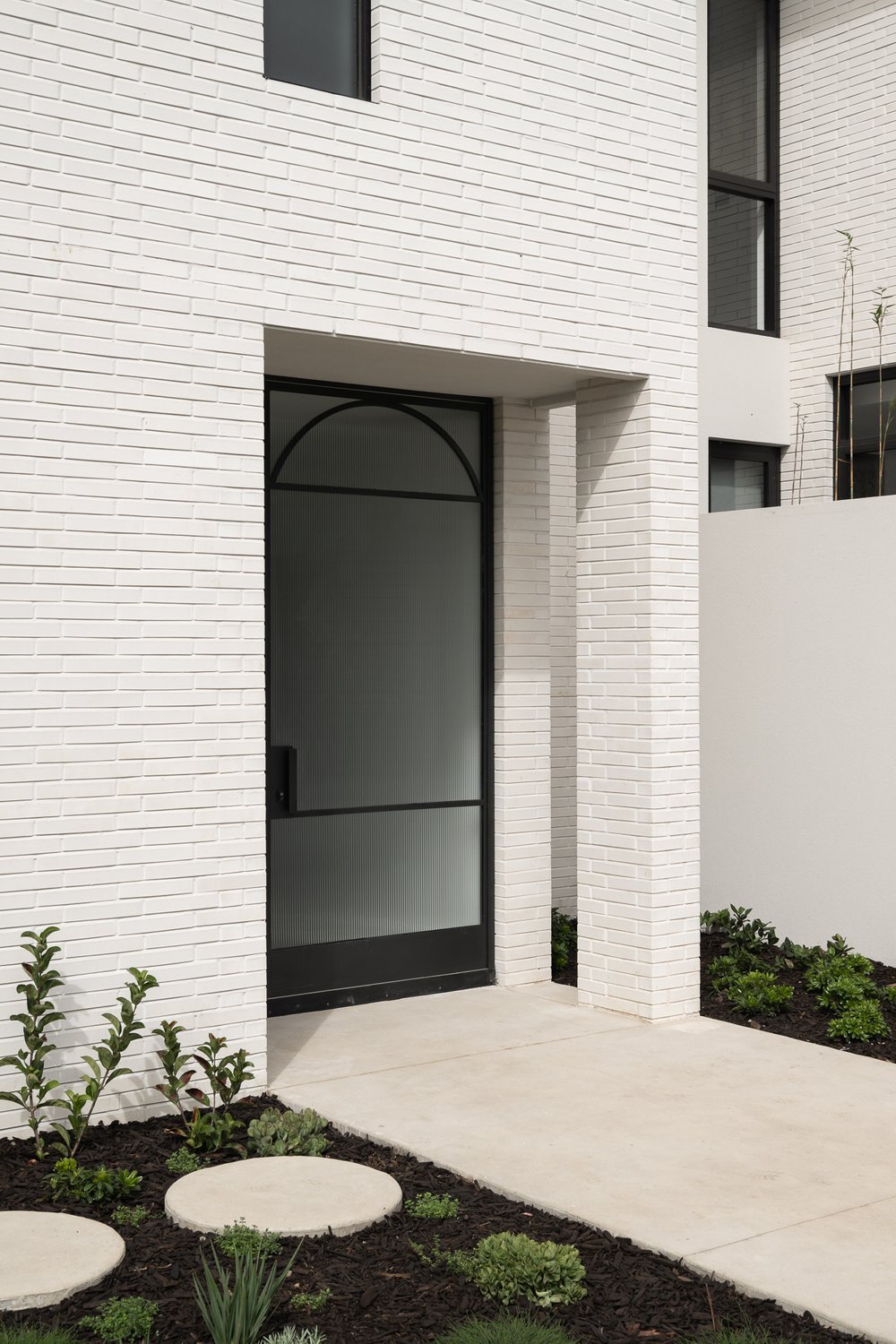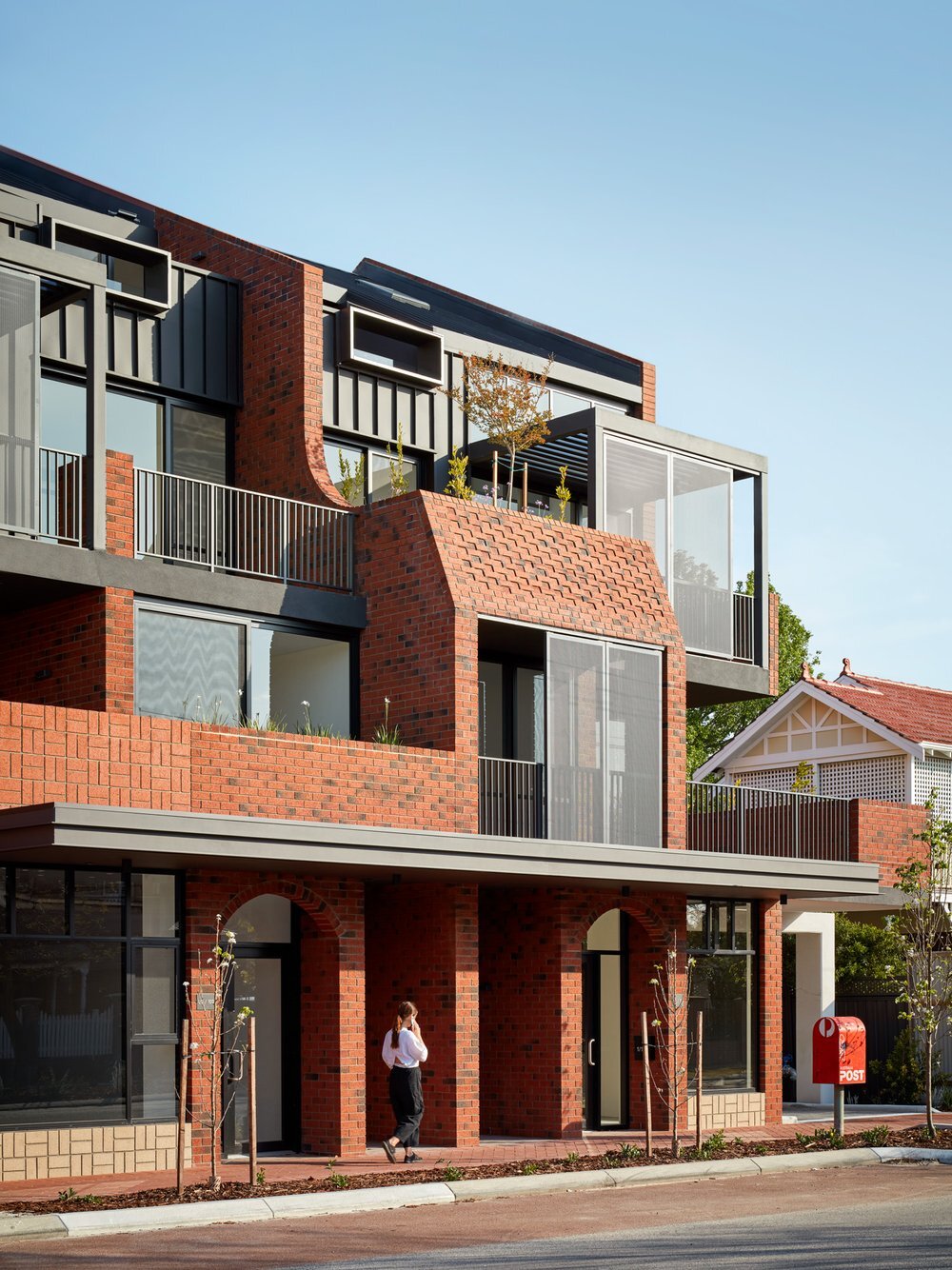
Your Guide To The 4 Types of Strata in WA
There are four main types of strata schemes available in Western Australia—built strata, survey-strata, single-tier, and leasehold. Understanding the distinctions between these schemes can help you make an informed decision, whether you're considering a townhouse in a built strata, the land-like ownership of a survey-strata, the privacy of a single-tier arrangement, or the flexibility of a leasehold scheme. Here are the key features of each type to help you find the right fit for your property goals:
1. Strata Scheme (Built Strata)
A traditional strata scheme, also known as "built strata," is structured around a building or collection of buildings. This type of scheme is ideal for those looking to live in a shared property where common spaces and building maintenance are managed collectively.
- In a strata scheme, each owner has exclusive ownership of their own unit or “lot,” such as an apartment, villa or townhouse.
- All owners share responsibility for the upkeep and maintenance of common property areas, like external walls, foyers, driveways, and gardens. These areas are typically maintained through a body corporate or strata committee, funded by contributions from the lot owners.
- In a built strata, the boundaries of each lot, including their height limits, are set by the physical structure shown on the strata plan.
- Any renovations or structural changes to a lot typically require approval from the strata company. This includes providing details like plans, materials, and ensuring no impact on common property or breach of by-laws.

2. Survey-Strata Scheme
A survey-strata scheme differs from a traditional strata scheme in the way the lots are defined. A survey-strata scheme is a great option if you prefer ownership boundaries similar to green title land but still want to share common spaces with others.
- In a survey-strata scheme, lot boundaries are set by a licensed surveyor and shown on a survey-strata plan, rather than being tied to building structures. This approach provides a more land-like ownership experience and is the closest strata scheme to green title.
- The survey-strata plan doesn’t display any buildings, only the land boundaries.
- Just like in a built strata, all owners share the responsibility for common property, like driveways and garden areas, which are clearly marked on the survey-strata plan.
- Renovations are more straightforward in survey-strata schemes since each lot is generally separate from common structures. Approval from the strata company is necessary only if changes exceed plot ratio or open space limits set by local authorities.
3. Single Tier Strata Scheme
The single-tier strata scheme is specific to developments where there are no overlapping lots, meaning:
- In a single-tier strata, no lot exists above or below another. This arrangement is common in single-storey developments or in two-storey units, like villas or townhouses, where each unit has its own dedicated level.
- Because no unit is above or below another, this scheme provides added privacy and independence for owners.
- Single-tier strata is ideal for those who enjoy the benefits of a shared strata arrangement but prefer a layout where each lot is on its own level without shared ceilings or floors.
- In single-tier schemes, owners must still seek approval for renovations, especially if they affect the appearance or structural components of the lot. Written approval from other owners may be required if alterations impact the overall scheme.

4. Leasehold Scheme
The least common out of the four types of strata schemes, a leasehold scheme offers a unique twist on traditional strata ownership, giving owners a fixed-term lease rather than outright ownership.
- A leasehold scheme can range anywhere from 20 to 99 years. At the end of the term, ownership reverts back to the original owner, the “lessor.”
- In this arrangement, the owner of each lot is called the "lessee," while the overall owner of the scheme is the "lessor." During the lease period, the lessee can manage, sell, or lease their lot as they wish, without requiring permission from the lessor.
- For the duration of the lease, lessees enjoy many of the same freedoms as traditional property owners, making it a flexible option for those looking for long-term control without full ownership.
- Leasehold schemes suit those who are comfortable with a long-term lease arrangement and want the flexibility to manage the property without a commitment to permanent ownership.
- Lessees may have the flexibility to renovate their lot as per the lease agreement. However, approval is necessary for changes that may alter shared spaces or common property within the leasehold’s framework.

Understanding the different strata schemes can help you choose the best arrangement for your lifestyle and ownership goals. From traditional strata and survey-strata to single-tier and leasehold schemes, each offers unique benefits. While strata schemes can seem complex, they offer fantastic opportunities to enjoy shared spaces and minimise personal maintenance costs. Whether you’re buying a home or investing, exploring these options can help you make an informed choice that fits your needs.